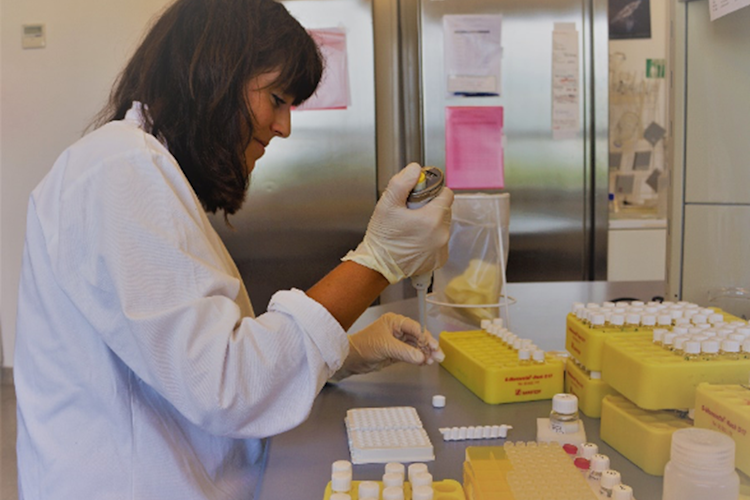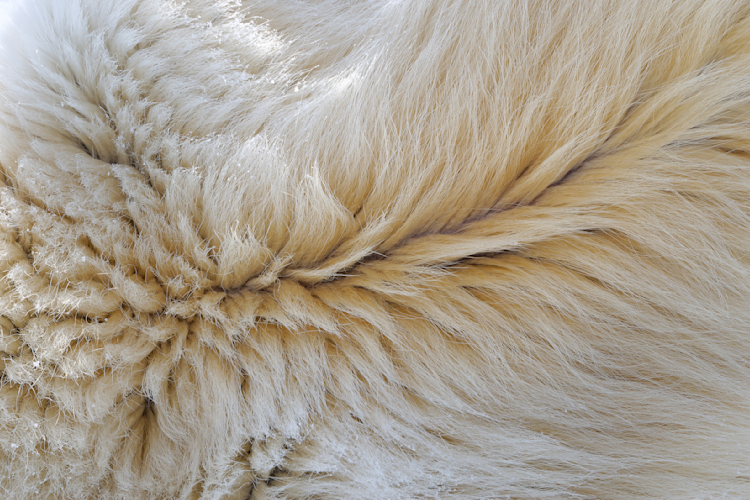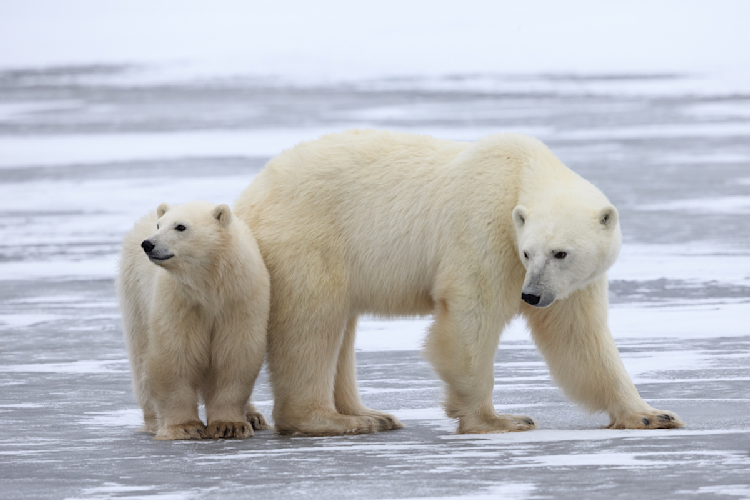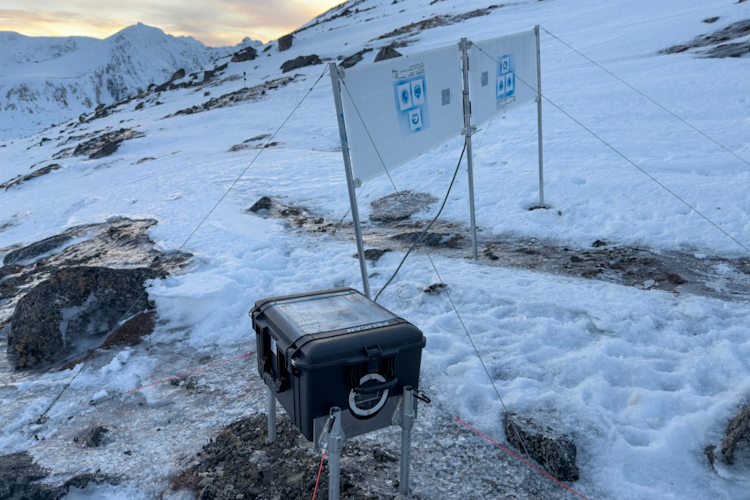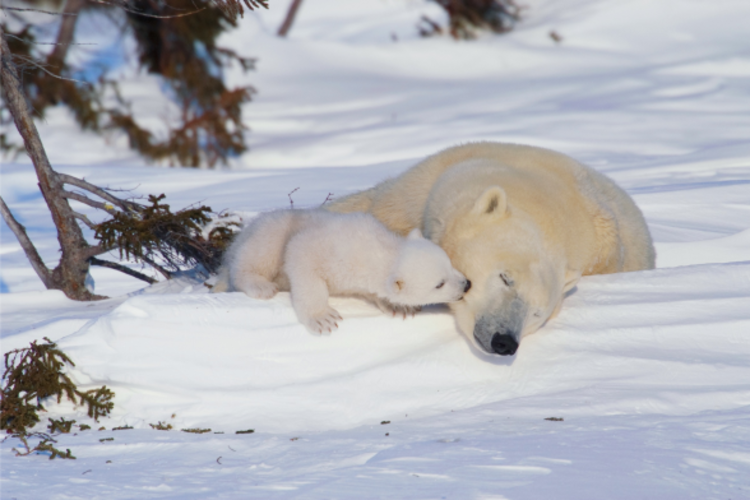My field work with wild polar bears has taken me from the sea ice in Svalbard to coastal communities in Greenland and across the Canadian North. But I’ve discovered that, sometimes, answers to critical polar bear questions can be found closer to home.
For more than a decade, Polar Bears International has partnered with zoos in North America on research projects that would be impossible to conduct with polar bears in the wild. Such studies have yielded valuable insights that can directly help their wild peers—from documenting the polar bear’s hearing range to testing their energy use and how they find mates.
From my base in Denmark, I’ve been able to expand PBI’s collaborative research to zoos in Europe. Recently, for example, I helped with a study led by veterinary and PhD student Anna Hein of the Institute for Terrestrial and Aquatic Wildlife Research (ITAW), University of Veterinary Medicine Hannover, and Tiergarten Nürnberg, Germany.
The study by Anna and team lays important groundwork for using polar bear scat to assess the concentration of steroid hormones in the bears. Polar bears and most other mammals produce steroid hormones when experiencing stress brought on by either real (e.g. fasting) or perceived (e.g. social stress) threats. The bears eventually excrete the hormones with other waste, allowing us to measure their concentration in samples picked up off the ground.
Polar bear keepers from a number of accredited zoos (including three of PBI’s Arctic Ambassador Centers: Munich Zoo Hellabrun, Ouwehands Zoo, and Vienna Zoo) collected scat samples from their bears over multiple years. During the process, they noted any events that could potentially be considered stressful for the bears such as a fight, separation, or disease. After statistical analysis on the sample and event data, it became clear that most of the events considered potentially stressful to the bears were indeed reflected in higher hormone concentrations in the samples.
Why is this important? Being able to measure stress levels in polar bears in zoos could contribute significantly to their health and welfare—for example, in relation to their enclosure or social group composition. However, the data also has implications for research on wild bears: not only does it provide valuable, detailed knowledge on the protocols for scat sample collection and hormone analysis, but it also provides data that tells us that correctly collected scat samples—in combination with data on e.g. body condition, reproductive success, diet, or local sea ice condition—can be used to assess the hormonal health status of polar bear populations around the Arctic.




